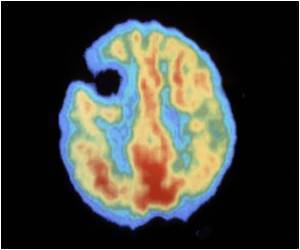
‘A recently introduced technology called the Pipeline Embolization Device (PED) can be used safely and effectively for "anatomically complex or recurrent" aneurysms in the distal anterior circulation.’
Tweet it Now
Originally developed for use in deeper areas of the brain, the PED is also safe and effective for aneurysms of more "superficial" brain blood vessels that are challenging to treat by conventional methods, according to the study by Dr. Adnan H. Siddiqui, MD, PhD, of University at Buffalo, N.Y., and colleagues. High Success Rate with Pipeline Device for Difficult AneurysmsThe researchers reviewed the outcomes of PED treatment for brain aneurysms of the "distal anterior" circulation in 28 patients. The patients--18 women and ten men, average age 52 years--were treated at ten US neurosurgery centers between 2011 and 2013.
The PED was approved in 2011 for treatment of aneurysms in the main artery supplying the front of the brain (internal carotid artery). The new study focused on patients with aneurysms of higher branches serving the front of the brain (middle cerebral artery and others). Aneurysms in this area are usually relatively easy to reach and treat--either by surgical "clipping" to block off the aneurysm or endovascular "coiling" to fill it up.
But the study patients had aneurysms that were harder to treat because of shape, size, or other characteristics. Seven patients had "giant" aneurysms, while five had internal bleeding (dissecting aneurysms). Eleven of the aneurysms had returned after previous treatment.
Neurosurgeons decided to use the PED approach to treat these difficult aneurysms. The PED is a metal mesh device that is guided through the patient's blood vessels to the affected vessel. Once in place, the device is expanded, routing blood flow past the aneurysm.
Advertisement
Follow-up imaging studies showed that the aneurysm was completely blocked off (occluded) in 21 of 27 cases, for a success rate of 77.8 percent. For patients with previously treated aneurysms, the complete occlusion rate was 70 percent.
Advertisement
The new study suggests that the PED can be used safely and effectively for "anatomically complex or recurrent" aneurysms in the distal anterior circulation. Dr. Siddiqui and coauthors emphasize the need for larger-scale studies with long-term follow-up to assess and improve the outcomes of PED treatment in this group of patients.
Source-Eurekalert











